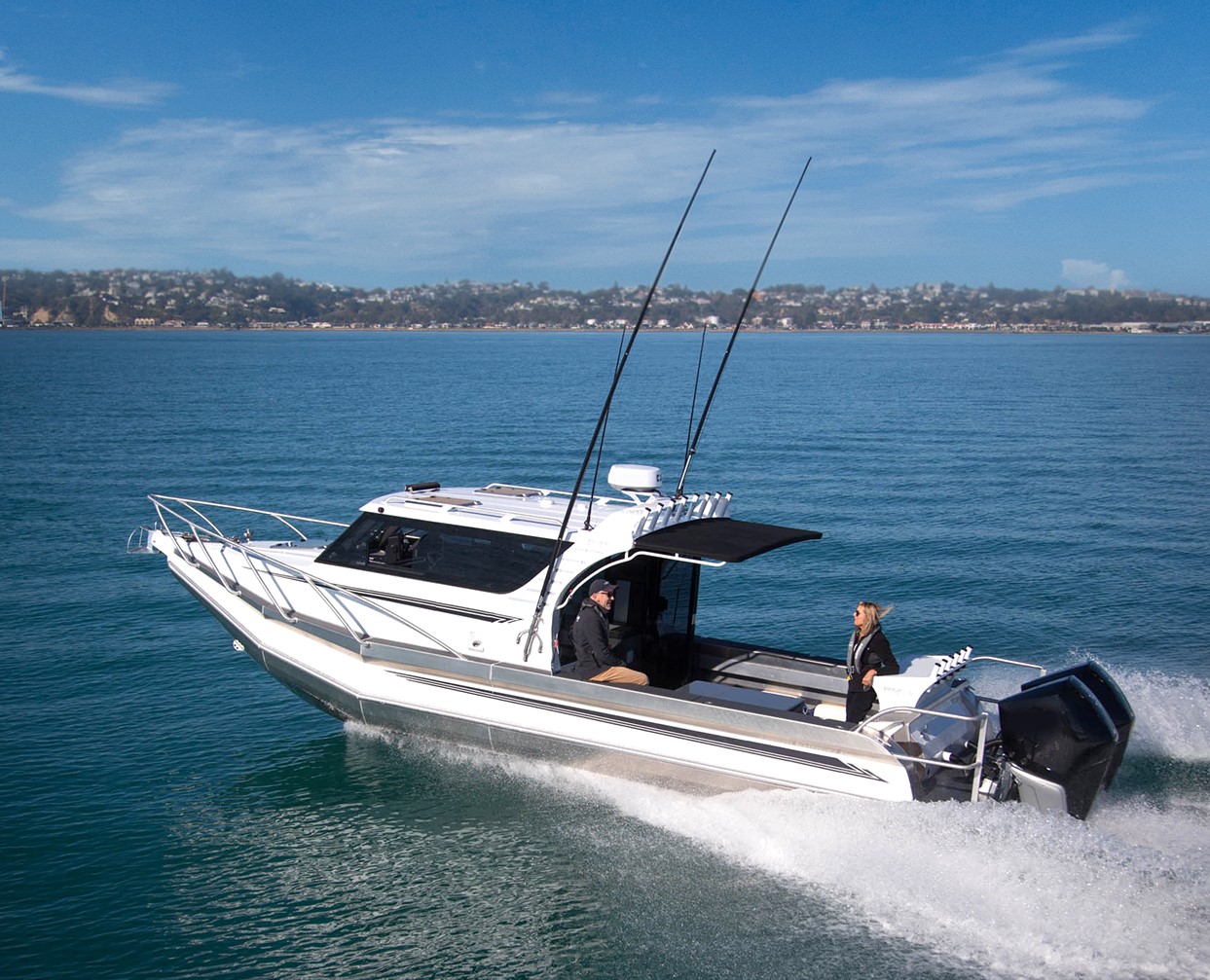Recreational Boating Market Introduction
The global recreational boating market stood at a value of about USD 29.93 billion in 2023, growing at a CAGR of 3.4% in the forecast period of 2024-2032. The recreational boating industry is projected to reach a value of approximately USD 40.56 billion by 2032.
With the increasing popularity of recreational boating, it’s essential to prioritize safety on the water. Boating can be a fantastic way to relax, explore, and enjoy nature, but it comes with its fair share of risks. In this blog post, we’ll delve into essential tips for safe recreational boating, ensuring that your adventures on the water are not only enjoyable but also secure.
Preparing for Your Trip
A. Checking the Weather Forecast
Before embarking on any boating adventure, it’s crucial to check the weather forecast. Weather conditions can change rapidly, and being caught in a storm or adverse conditions can be dangerous. Utilize reliable sources for weather information, such as the National Weather Service, marine forecasts, or weather apps tailored for boaters.
B. Boat Inspection and Maintenance
Your boat is your lifeline on the water, and regular inspection and maintenance are paramount. Create a pre-trip checklist that covers engine condition, navigation lights, hull integrity, and safety equipment. Following a maintenance schedule will help ensure that your vessel is always in top shape.
C. Safety Equipment
- Life Jackets and Personal Flotation Devices (PFDs)
Life jackets and PFDs are non-negotiable safety items. Ensure that you have enough PFDs for all passengers, and make sure they fit properly. It’s crucial to wear them at all times when you’re on the water, as accidents can happen unexpectedly.
- Fire Extinguishers
Every boat should have a fire extinguisher on board. Familiarize yourself with its location and operation. Regularly check it to ensure it’s in good working condition.
- Emergency Signaling Devices
Flares, whistles, and distress signals are essential for alerting others to your presence or an emergency. Ensure that these devices are up-to-date and easily accessible.
- First Aid Kit
A well-equipped first aid kit is a must-have on any boat. Be sure it includes basic supplies for treating minor injuries and that you or someone on board knows how to use them.
D. Float Plan
Before you set off, it’s vital to create a float plan. Share your plans with a friend or family member, detailing your intended route, expected return time, and contact information. In case of an emergency, this information can be crucial for rescue teams.
Safe Boating Practices
A. Navigation and Right-of-Way Rules
Understanding navigation rules and right-of-way rules is essential for safe boating. Familiarize yourself with the meaning of various navigation markers and learn how to navigate in busy waterways to avoid collisions.
B. Speed Limits and Wake Zones
Speed limits exist for a reason – to keep everyone on the water safe. Always adhere to speed limits and reduce your speed near docks, marinas, and shorelines to minimize your wake and prevent accidents.
C. Avoiding Alcohol and Drugs
Boating and alcohol or drugs don’t mix. The effects of alcohol can be amplified on the water due to sun, wind, and waves, impairing your judgment and reaction times. Designate a sober driver if you plan to consume alcohol while boating.
D. Safe Anchoring and Docking
Anchoring and docking are essential skills for boaters. Learn proper anchoring techniques to ensure your boat stays put when needed. When docking, take your time and use fenders and lines to prevent collisions with other boats or the dock.
Onboard Safety Practices
A. Supervising Passengers, Especially Children
Keep a close eye on all passengers, especially children, while on the boat. Make sure everyone is aware of safety rules and the location of safety equipment.
B. Carbon Monoxide Awareness and Prevention
Carbon monoxide (CO) can be a silent killer on boats. Ensure that your boat is properly ventilated, and be cautious when running generators or engines while at anchor. Install CO detectors for added safety.
C. Proper Use of Electrical Equipment
Faulty electrical equipment can lead to fires or other safety hazards. Regularly inspect and maintain all electrical components on your boat. Be mindful of electrical equipment when using water or when swimming nearby.
D. Managing Fuel and Refueling Safely
When refueling, turn off engines, extinguish open flames, and follow safety guidelines at the fuel dock. Spilled fuel can lead to fires or environmental damage, so handle fuel with care.
Emergency Preparedness
A. Man Overboard Situations
In the event of a man overboard situation, throw a floatation device or lifebuoy to the person in distress. Practice the proper techniques for maneuvering your boat to retrieve them safely.
B. Engine Failure and Calling for Assistance
Learn how to handle engine failure situations. Have a marine radio or communication device on board for emergencies. Understand distress signals and the appropriate emergency channels to call for assistance if needed.
C. First Aid and Medical Emergencies
Basic first aid skills are essential for boaters. Take a first aid course to learn how to handle common injuries and medical emergencies that may occur while on the water. Ensure your first aid kit is well-stocked and easily accessible.
